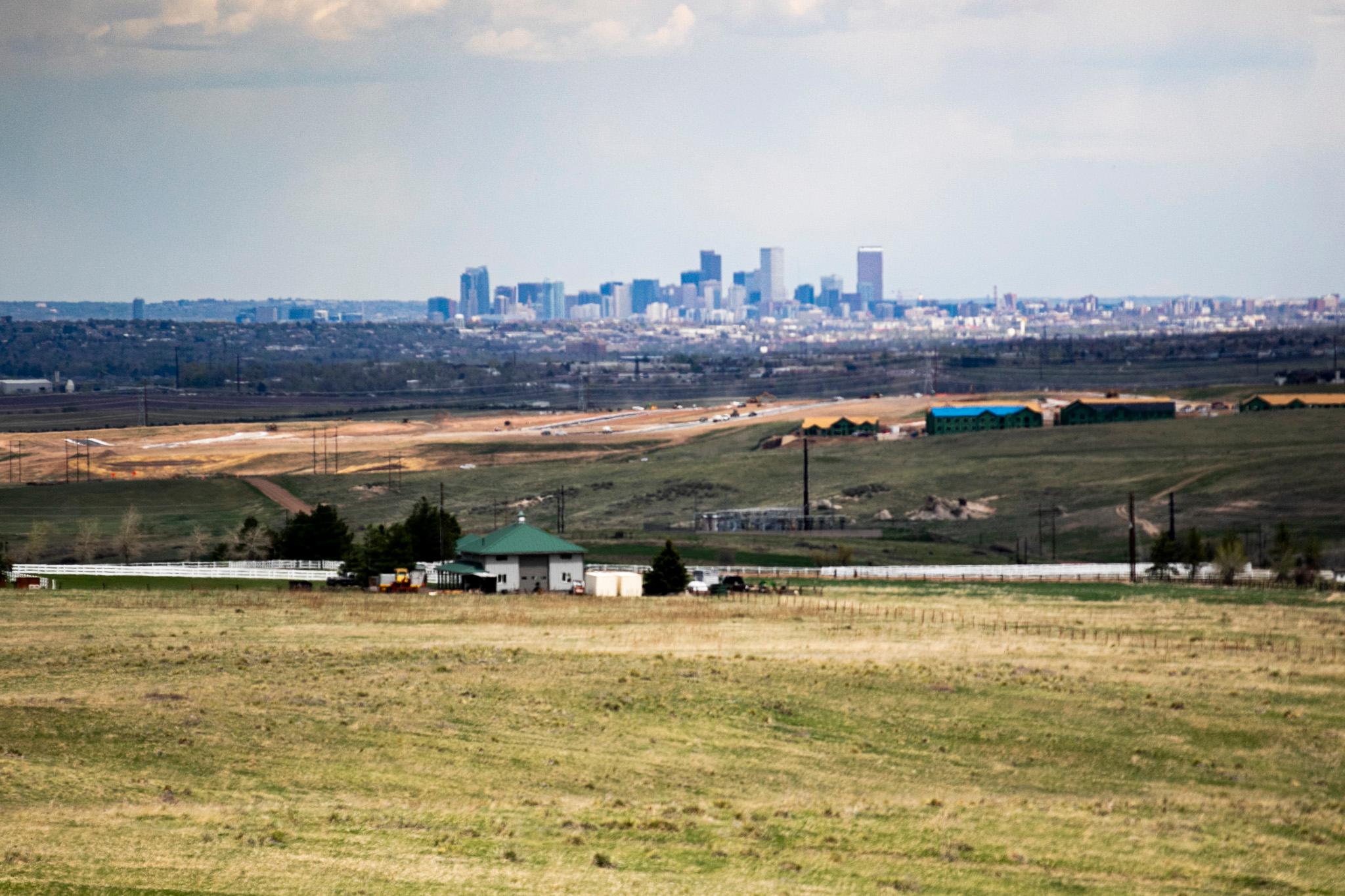Artists aren't getting off free in the gentrification debate. In Los Angeles, a neighborhood group has demanded that all art galleries leave the Boyle Heights neighborhood, saying that chic spaces are clearing the way for an unwanted surge of wealthy new residents.
"We’re not against art or culture," said organizer Maga Miranda, as quoted by LA Weekly.
"Obviously, the Eastside has been an incredibly active place when it comes to art and culture. But the art galleries are part of a broader effort by planners and politicians and developers who want to artwash gentrification."
That word – artwash – is central to this argument.
In short, it's the idea that developers embrace art because it makes gentrification look gentler even while it accelerates the process. Art can be part of the "rebranding" of a neighborhood, and that's not always wanted.
Defend Our Hoodz – Defiende El Barrio, an Austin neighborhood group, puts it this way: "They claim an area is up-and-coming, quirky, and that the arts are thriving, when there was community, culture and art long before the arrival of big money - they just didn’t recognize it because the residents were poor people of color."
Defend Our Hoodz was protesting the demolition of the Jumpolin, an Austin piñata store that was demolished to make way for SXSW festival activities and, eventually, a cat cafe.
The cat cafe has a charitable purpose – getting cats adopted – but, to its critics, it has replaced something that the neighborhood appreciates with something that pleases outsiders.
Back in Los Angeles, the Boyle Heights protest drew predictably mixed reactions.
"I feel very affected by what I've heard tonight. But I don't know what the next step is for me or for the gallery," one gallery manager reportedly said at a community meeting.
Others claimed that galleries are "here to help." It's not hard to find people from Boyle Heights who support the galleries. One of the galleries being told to leave, Self Help Graphics, has deep roots in the neighborhood, according to LA Weekly.
Its owner, Lalo Alcaraz, wrote on Facebook that his team and other artists "have put years and years, blood sweat and tears — OUR WHOLE LIVES — into making Chicano art, and to make art accessible into the community, and to let the planet know that we are here and are important, and not going anywhere," LA Weekly reported.
What does this mean for Denver?
I'm in no position to judge what role individual galleries in Los Angeles have played in gentrification, or how well they've served their communities.
What's obvious, though, is that this criticism of art galleries has power. LA Weekly's piece has been shared 10,000 times.
Why? Part of it is that Defend Boyle Heights is demanding all galleries leave. Absolute demands make for inherently controversial (and shareable) headlines.
People naturally want to jump in and list all the good things that art galleries can do for a neighborhood, such as fostering and hosting community talents. As LA Weekly notes, one of the criticized galleries has hired Guadalupe Rosales, born in Boyle Heights, as its first artist in residence.
I think there's something deeper at play too: This criticism pierces the idea that art always serves the communities where it happens. Rejecting a gallery is rejecting the idea that a neighborhood wants to be more attractive to outsiders. Rejecting a gallery can say that a neighborhood would rather have services and amenities for its current residents.
I don't know whether galleries in Denver have ever gotten this kind of reaction, but we've seen the same pattern here: Artists move into a neighborhood and developers follow. With gentrification more of an issue than ever, that relationship is going to get a lot more attention.










